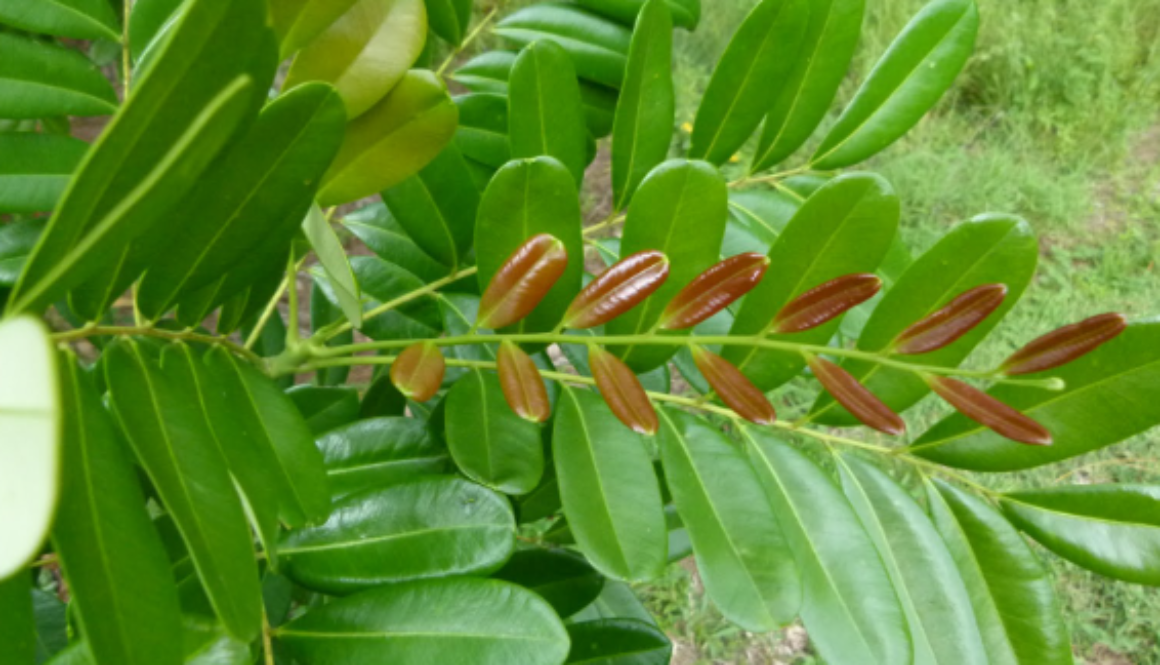Paradise tree
The Paradise Tree, scientifically known as Simarouba glauca, is a majestic evergreen tree native to the tropical regions of the Americas, including Central and South America. Revered for its ornamental beauty, medicinal properties, and ecological significance, the Paradise Tree holds a special place in various cultures and traditions.
Part Used:
Various parts of the Paradise Tree are utilized for their diverse benefits. The seeds, also known as “paradise nuts,” are the primary part used for their medicinal properties and nutritional value. These seeds are rich in essential fatty acids, vitamins, and minerals, making them a valuable source of nutrition and health benefits.
Usage:
The Paradise Tree is valued for its medicinal properties and is used in traditional herbal medicine to treat a wide range of ailments. The oil extracted from paradise nuts is known for its anti-inflammatory, antimicrobial, and antioxidant properties, making it useful in treating skin disorders, digestive issues, and respiratory conditions. Additionally, Paradise Tree seeds are consumed as a nutritious snack or incorporated into culinary dishes for their nutty flavor and health-promoting benefits.
Agrotechniques:
Cultivating Paradise Trees requires a warm, tropical climate with well-drained soil and ample sunlight. The trees thrive in regions with consistent rainfall and high humidity. Paradise Trees can be propagated from seeds or stem cuttings, with planting typically done in nutrient-rich soil during the rainy season. Regular watering and fertilization promote healthy growth and development.

